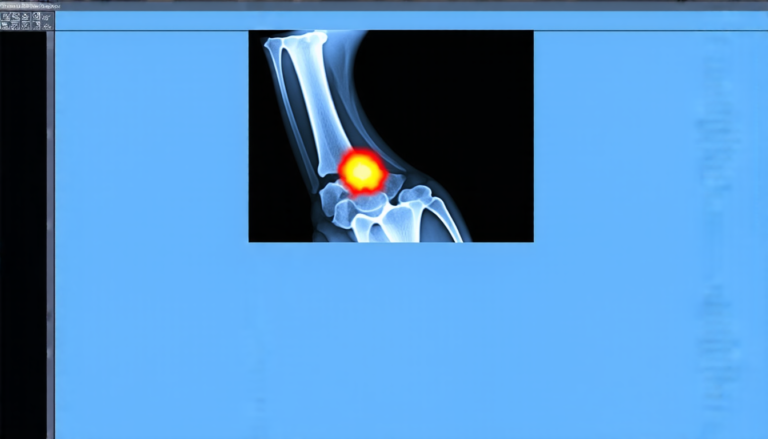Sunday 07 September 2025
The quest for more efficient and accurate language models has led researchers down a complex path of innovation, with one recent approach standing out from the crowd: PAIRS, or Parametric-Verified Adaptive Information Retrieval and Selection.
At its core, PAIRS is a clever framework designed to improve upon traditional retrieval-augmented generation (RAG) systems. These systems have become increasingly popular in recent years, as they’ve shown remarkable ability to enhance the performance of large language models (LLMs) by incorporating external knowledge. However, RAG’s reliance on querying and retrieving relevant documents can be inefficient and prone to errors.
PAIRS seeks to address these limitations by introducing a dual-path generation mechanism that integrates parametric and retrieved knowledge in a way that adapts to each query. This adaptive approach is enabled by the framework’s ability to dynamically weight the importance of the original query versus the generated pseudo-context, allowing it to determine whether additional retrieval is necessary.
One of the key benefits of PAIRS is its ability to reduce unnecessary retrievals, which can be time-consuming and resource-intensive. By leveraging the parametric knowledge inherent in LLMs, PAIRS can often provide accurate answers without resorting to external document retrieval. When retrieval is necessary, however, PAIRS’s dual-path mechanism ensures that only the most relevant information is retrieved and incorporated into the final answer.
To demonstrate the effectiveness of PAIRS, researchers conducted a series of experiments on six popular question-answering (QA) benchmarks. The results were impressive: not only did PAIRS outperform traditional RAG systems in terms of accuracy, but it also managed to reduce retrieval costs by around 25% – triggering for only 75% of queries.
The framework’s adaptability was also put to the test through a series of case studies, which revealed that PAIRS can generate accurate answers even when faced with complex or ambiguous queries. In one example, PAIRS correctly identified Ganzhou and Jimo District as both being located in China – a feat that required it to navigate multiple layers of information and disambiguate between similar-sounding place names.
Another notable aspect of PAIRS is its ability to compensate for the limitations of traditional RAG systems. By incorporating pseudo-context generation into its dual-path mechanism, PAIRS can often provide accurate answers even when the original query is incomplete or ambiguous. This flexibility makes it an attractive solution for applications where language understanding and generation are critical.
Cite this article: “PAIRS: A Parametric-Verified Adaptive Framework for Efficient and Accurate Language Models”, The Science Archive, 2025.
Language Models, Pairs, Rag, Llms, Parametric-Verified Adaptive Information Retrieval And Selection, Question-Answering, Qa Benchmarks, Retrieval Costs, Pseudo-Context Generation, Language Understanding, Generation







